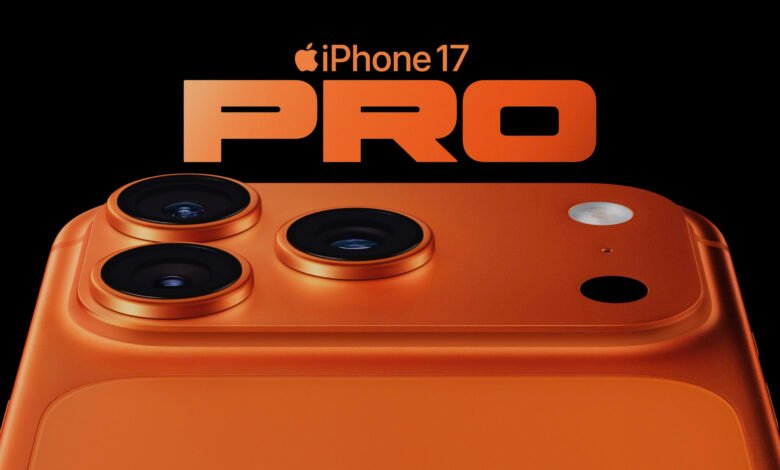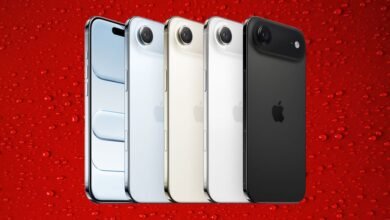Apple Reinvents the iPhone 17 Pro and Pro Max from Scratch

▼ Summary
– The iPhone 17 Pro and Pro Max are Apple’s top-tier models, starting at $1,099 and $1,199 respectively with 256GB storage, and will be available for preorder this Friday and on sale September 19.
– The new Pro models feature a redesigned aluminum unibody enclosure, a glass cutout for wireless charging, and a large “camera plateau” that spans the back.
– While the screens remain largely unchanged, they now include a more scratch-resistant and anti-reflective Ceramic Shield 2 coating.
– All three rear camera lenses are now 48MP Fusion Cameras, using pixel binning for improved quality at default zoom levels and cropping for “optical-quality zoom” at higher levels.
– The telephoto lens is new to the Fusion Camera system, is 56% larger than the previous version, and supports up to 8x zoom.
When it comes to premium smartphones, Apple’s iPhone 17 Pro and Pro Max represent the pinnacle of the company’s engineering and design philosophy. While the standard iPhone 17 and the ultra-slim iPhone Air cater to broader audiences, the Pro models continue to set the benchmark for performance, photography, and innovation.
Pricing for these flagship devices begins at $1,099 for the Pro and $1,199 for the Pro Max, with both models offering 256GB of base storage. Preorders open this Friday, and the phones will officially launch on September 19.
Although the stunning display remains a standout feature, nearly every other aspect of the iPhone 17 Pro has been reimagined. The screens now benefit from an upgraded Ceramic Shield 2 coating, which enhances scratch resistance and reduces glare. A new aluminum unibody design gives the phones a more integrated feel, while a glass cutout on the rear enables wireless charging. Perhaps the most visually striking change is the expansive camera plateau, a raised module that spans the entire width of the device.
Photography takes a monumental leap forward with all three rear lenses now featuring 48MP Fusion Cameras. Using advanced pixel binning technology, these sensors combine multiple pixels to produce cleaner, more detailed images at standard zoom levels. For tighter shots, the telephoto lens supports up to 8x optical-quality zoom by cropping directly from the high-resolution sensor center. This marks the first time the telephoto camera has adopted Fusion technology, and its sensor is now 56% larger than its predecessor, significantly improving light capture and clarity.
(Source: Ars Technica)





